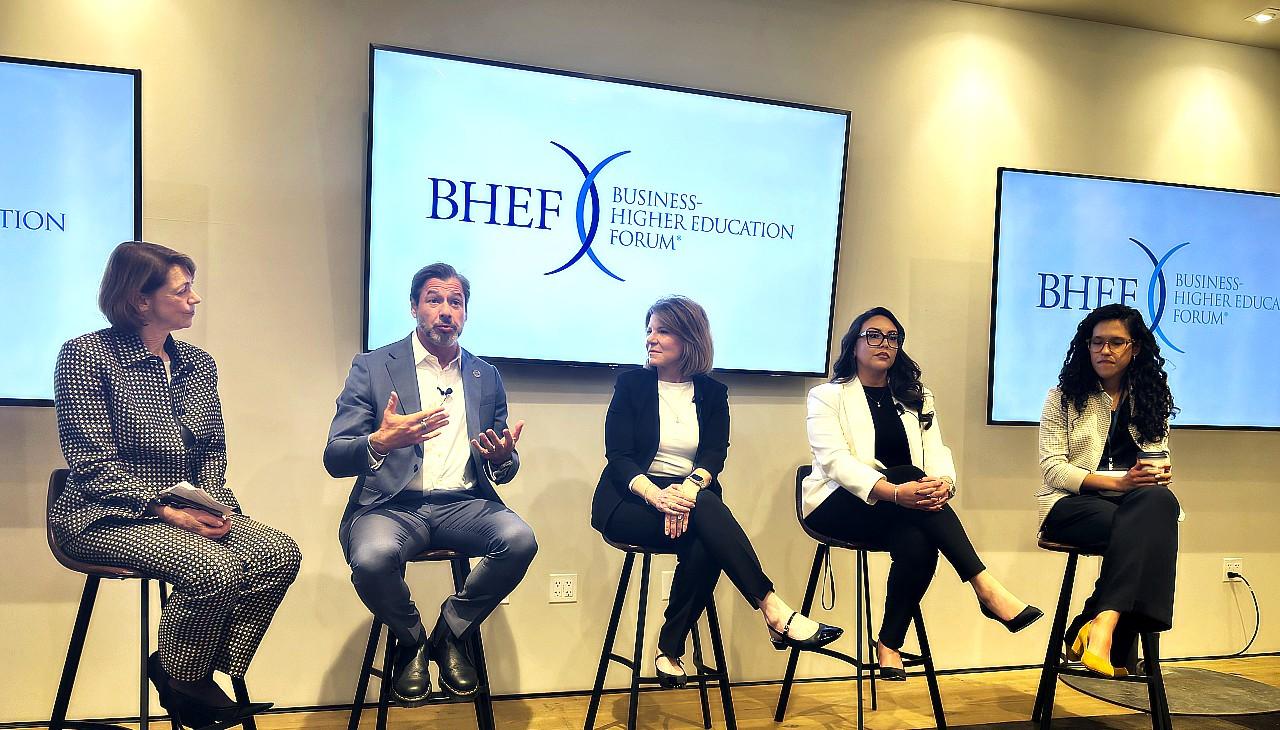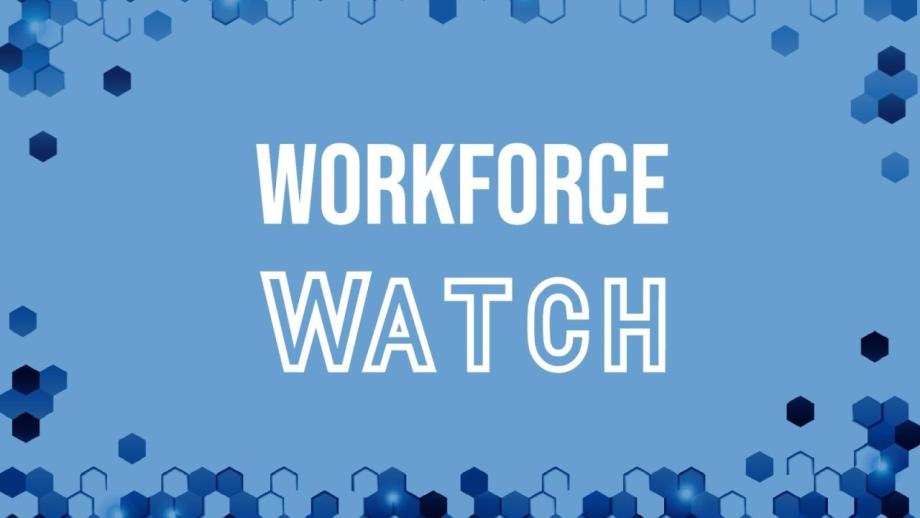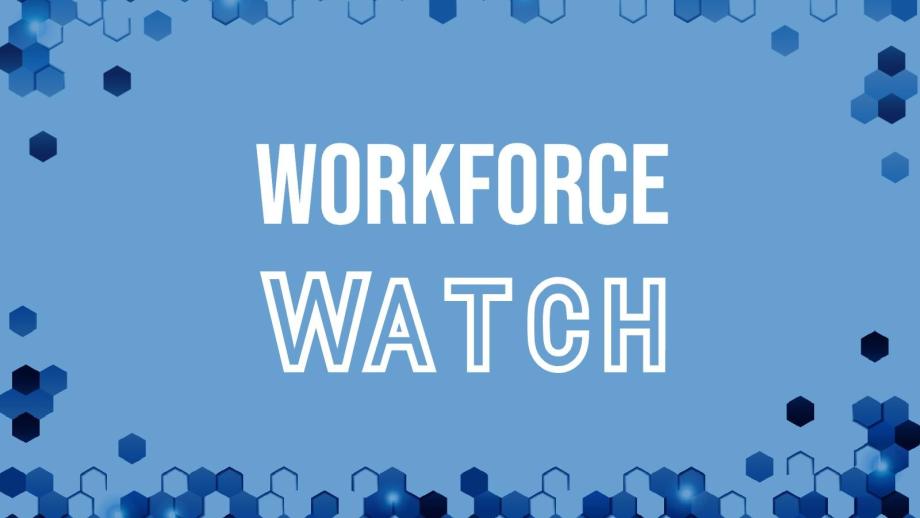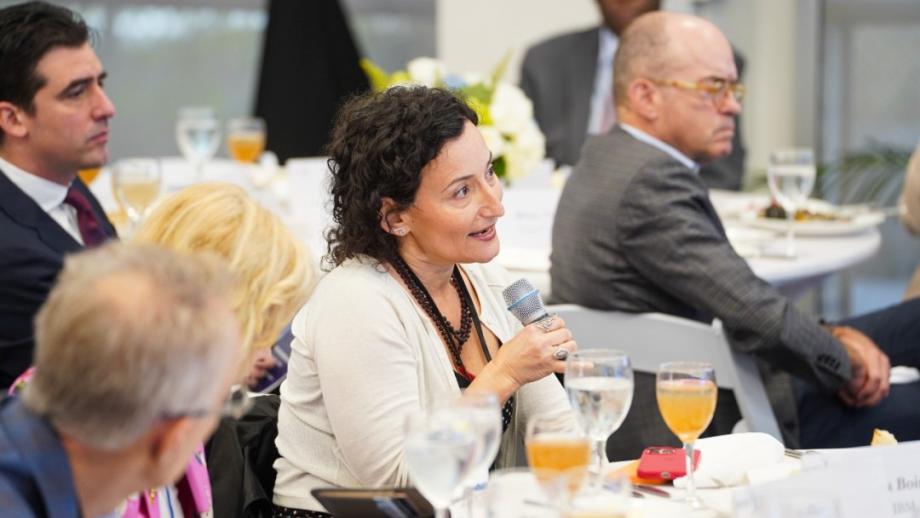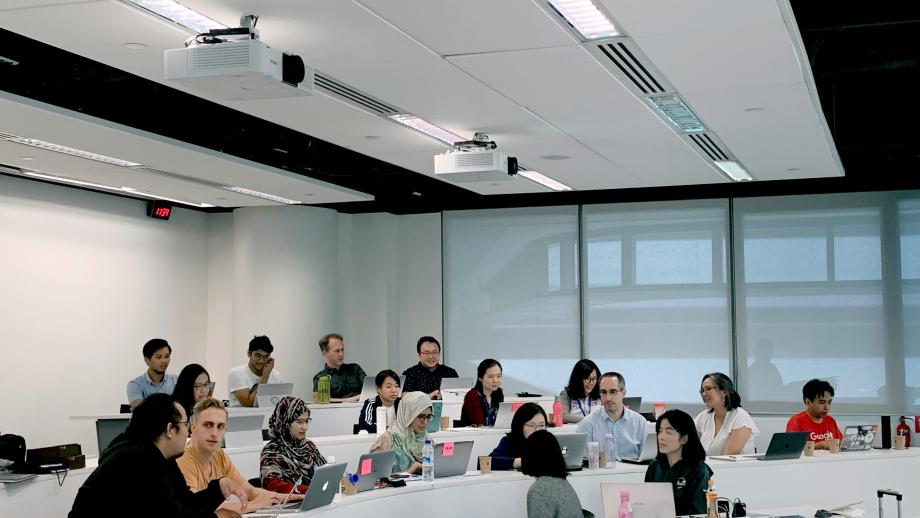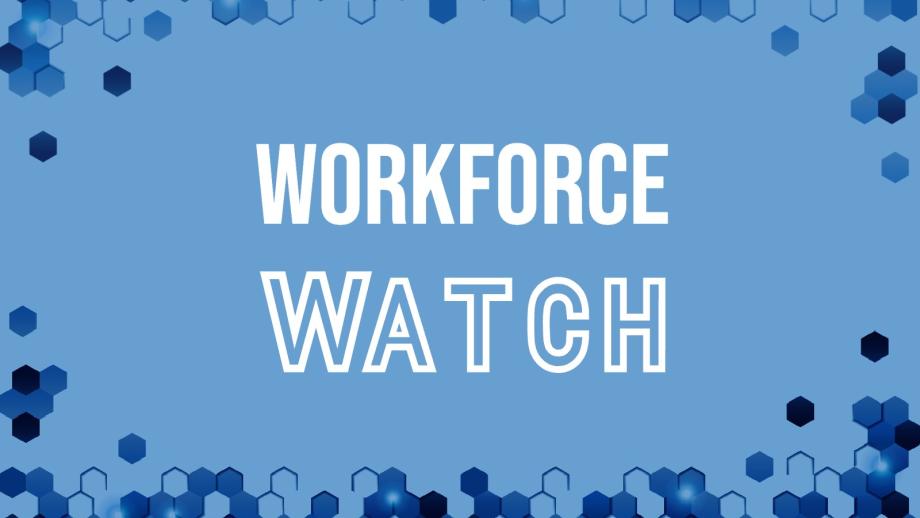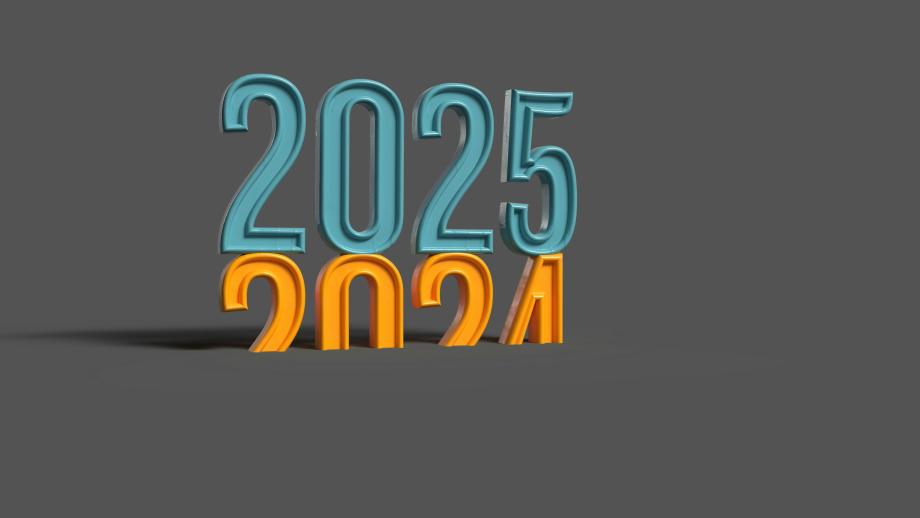At the Business-Higher Education Forum’s 2025 Spring Convening in San Luis Obispo, CA, 100 senior executives from business and higher education came together at a time of transformation. As a nation, we are in a moment shaped not only by accelerating technologies like AI, but also by wider social, political, and economic forces that are challenging the role of higher education and reshaping our nation’s workforce. As a network, BHEF is deepening and evolving our understanding of what learners and workers need to thrive.
Navigating this chapter requires more than adaptation—it calls for alignment, intention, and bold, shared leadership across education and industry. Among the key themes:
Our workforce is being fundamentally changed by AI: AI is not simply a tool or trend, but it is a defining force in how work is done, what skills are valued, and how people are prepared for their first and ongoing careers. Employers increasingly expect AI literacy as a baseline for all employees. However, rapid adoption has compressed the time, space and formats that were historically a part of entry-level learning, with significant implications for professionals in knowledge roles. For example, training that once occurred on the job—like learning hands-on surgical skills in medical residencies—is now being replaced by automated systems and robotic assistants. Matt Beane, author of The Skill Code: How to Save Human Ability in the Age of Machines, shared his research on how to redesign on-the-job learning to ensure that tomorrow’s experts can learn today by designing experiences with sufficient challenge, complexity, and connection to mentors and experts. In addition, we must respond by embedding AI fluency across disciplines and occupations while doubling down on what remains uniquely human: critical thinking, collaboration, intellectual creativity, and ethical reasoning.
To meet this moment, this year BHEF launched the AI and Future of Talent Collaborative which uses data to define AI’s impact on industries and occupations, identifies innovative models for partnership, and develops a framework that will provide a common language for business and higher education to address the gaps and opportunities created by AI.
The democratization of AI can be a great equalizer or it can exacerbate inequity. Students and workers who don’t have exposure to AI tools and those who are not building literacy by using them in professional or academic settings will be left behind. Based on usage rates, women, first-generation learners, and other underrepresented populations are disproportionately affected, which has the potential to deepen existing inequities in workforce readiness and limit the number of Americans ready for tomorrow’s workforce. Higher education leaders must empower their faculty to learn and utilize these tools in the classroom and encourage learners to experiment with clear guidance around both the power and limits of these tools. Paul J. LeBlanc, co-founder of Matter and Space, shared an optimistic view of what it might look like to create a human-centered, connected, and AI-driven future.
The higher education and business sectors must work together to deploy our nation’s talent for a new era. Ensuring that all humans can achieve their potential is critical for the strength of our economy, society, and democracy. Higher education, when it has robust and strong ties to the needs of our private and public sectors, is the primary mechanism that our nation possesses to meet talent needs at scale. However, we currently aren’t delivering on that promise in the way that is needed. There are growing gaps in the number of individuals that are prepared for the critical roles our nation needs—in areas like AI, quantum, biotech, advanced manufacturing, energy, and beyond—to grow our economy, sustain national competitiveness, and ensure that our regional communities can thrive. We must rethink expanded learn-and-work models that involve employers and educators and are different than the linear paths from higher education into the world of work that were built over a century ago.
Activating all talent in the workforce begins with meeting learners and workers where they are. The probability of economic mobility, success, and completion of postsecondary credentials is still determined by where someone is born, their income, and their race more so than their abilities. Fewer young people are expressing an intent to enroll in college, particularly men, students from low-income families, and students of color. Alternative models and skills-based pathways are opportunities for our business and higher ed leaders to think differently about how we package and assess skills both within and outside of the degree construct. This could include skills-focused models like competency-based education that can help demonstrate value in what’s being learned and help students articulate to employers what skills they are acquiring, providing wrap-around and support services to encourage students to matriculate and graduate, and creating systems for reskilling and upskilling.
Entry-level roles are being disrupted and new work-and-learn models are required. Business and higher education partnerships that blend learning and work to create pathways to high-quality employment are critical to economic growth and competitiveness. BHEF members are demonstrating what scalable, high-impact partnerships can look like. At Cal Poly’s DxHub, students collaborate with public sector partners and BHEF member AWS to solve real-world challenges using cutting-edge technologies and agile methodologies. Partnerships with ed tech partners such as BHEF partners The Mentor Collective and Riipen are just some of the platforms that institutions and employers use to support talent-ready graduates by enabling students to engage with industry and gain relevant, work-ready skills through virtual and project-based experiences. Beyond these examples, more innovation is occurring in the development of work-integrated learning models. We are tracking them through our Center for Work-Integrated Learning Innovation and invite you to submit your successes to be profiled.
Regional coalitions are powerful engines for economic development and inclusive growth. The most successful efforts are driven by strong, regionally connected business leaders in conjunction with agile educational leaders and ecosystems. Leaders across the American West shared how they build strong regional coalitions that have inclusive talent pipelines in industries ranging from quantum to semiconductors. But to truly scale, these partnerships must include diverse institutions, such as community colleges, MSIs, and HBCUs. In a funding environment that is increasingly uncertain, partnerships can drive regional value and workforce resilience.
As part of our continued work to catalyze and sustain regional initiatives, an important new investment in BHEF from the Trellis Foundation was announced at the meeting to scale the Workforce Partnership in Texas. This initiative is a collaboration with the Business Roundtable, Texas Business Leadership Council, and Texas Association of Community Colleges. This investment will expand the partnership to new regions in Texas, enhancing the capacity of community colleges to offer industry-aligned credentials, accelerate adoption of best practices under the new performance-based funding models introduced in Texas’ 2023 House Bill 8, and foster partnerships with businesses to create pathways to meaningful, in-demand careers in local industry. Each region will be tailored to its unique business leadership, community college, and regional workforce needs.
Our Work Ahead
For industry and higher education, this is a call to action: break down the barriers between learning and work by integrating real-world learning, creative thinking, and AI fluency into the core of the curriculum. It’s an opportunity to redefine what skills workers need and to partner more closely with higher education in preparing talent for long-term growth.
If you are a business or college leader dedicated to building the future of work, we invite you to be a part of our network and engage across our critical initiatives:
- Join the BHEF network to implement key initiatives that enable your organization to be talent-ready, such as the AI and the Future of Talent Collaborative.
- Share your approaches to bridging learning and work to be included in our new resource library of case studies for our Center for Innovation in Work-Integrated Learning.
- Be a part of our Regional Talent Accelerator to support place-based strategies for economic growth.
We extend our deepest thanks to all attendees and speakers who contributed their insights and energy into this convening. Special thanks to our sponsors for making this work possible: Strada Education Foundation, Cal Poly, Accenture, State Farm, San Diego State University, Virginia Tech, Connecticut State Colleges and Universities, Drake University, Good Rebellion, and the University System of Maryland.
Save the date for our next convening, which will be held at Georgia Institute of Technology on November 5-6. We look forward to continuing this important work with you there.
